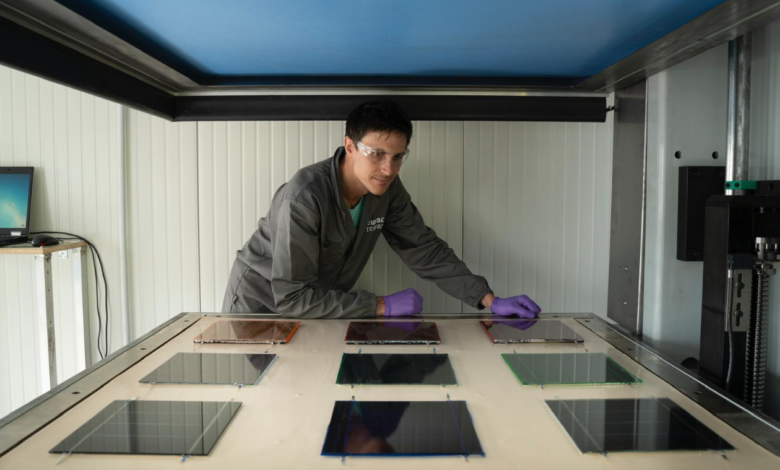Prototypes of photovoltaic modules, custom made in Bolzano

Prototypes of customized photovoltaic modules
News coming for the prototypes of photovoltaic modules. The Eurac Research laboratory, just inaugurated in Bolzano, will be dedicated to supporting companies in developing non-standard photovoltaic modules.
The laboratory has been realized with the PNRR funds assigned to the Extended Partnership NEST – Network 4 Energy Sustainable Transition, promoted by the Ministry of Universities and Research: an important instrument strengthening public-private partnerships in the renewable energy sector.
An Italian network of state-of-the-art infrastructures
«Thanks to PNRR funds it is possible to build a national network of state-of-the-art infrastructures, such as the Eurac Research laboratory, in which to converge multidisciplinary knowledge that will be invaluable to achieve the great goals of the coming years and that will go even beyond the same PNRR.
The collaboration between universities, companies and research institutions allows us to build an Italian ecosystem of innovation and knowledge.
This model of collaboration will be the key to success for the development of new technologies and skills that the energy transition requires, as well as a model to follow in the future, to keep up with further developments», underlines Francesco Cupertino, Rector of the Politecnico di Bari and Chairman of the Board of Directors of the NEST Foundation.
The objectives of NEST
The NEST Foundation is one of the 14 major extended partnership projects selected by the Ministry of Universities and Research with which they want to finance basic research projects to strengthen the research supply chains at national level and promote their participation strategic European and global value chains.
NEST involves 24 public and private partners at the national level (universities, research organisations and companies).
Two main objectives of NEST: to develop, through scientific research, new technologies for the production of clean energy; and to use the results of the research to favor the birth of startups and innovative enterprises.
How do you get to the prototypes of photovoltaic modules?
In the laboratories of Eurac Research cells are arranged on sheets of teflon and connected with the conductive tape that will collect the electricity they produce. Then they are wrapped by the so-called “encapsulants”, polymeric materials that have the function of protecting them.
At this point we add the outer layers: the support at the base and the cover glass that can be transparent or colored to better integrate with the architecture of the building.
The module thus assembled ends up in the laminator, an oven that must bake at the right temperature and only for the necessary time, so as not to damage the final product.
Finally, we analyze the module obtained both in the laboratory and in the external area that reproduces a real plant.
Research starts the photovoltaic industry
Eurac Research supports companies in the development of customized photovoltaic modules designed to meet specific needs and allows testing prototypes.
Some examples are the photovoltaic modules with colored glass, designed to integrate better in particular architectural contexts such as historic buildings, or modules intended for agrivoltaic to be installed on cultivated land to produce energy without completely shielding solar radiation to plants.
Eurac Research strengthens South Tyrol’s position as a pole of innovation on photovoltaics at the national and European level. In this key area of sustainable energy production, innovation must be constant to improve efficiency and lower costs.
read also LONGi launches Hi-MO X6 Max modules, standard wafer sizes
As explained by Hubert Hofer, Deputy Director of NOI Techpark, a science and technology park in the province of Bolzano, «According to data from the association Solar Power Europe, in 2023 the countries of the European Union installed 56 gigawatts of solar and Italy is for the first time among the countries that have installed more.
However, only a small part of the modules are produced in Europe. To restart the photovoltaic supply chain, research can play a decisive role».





